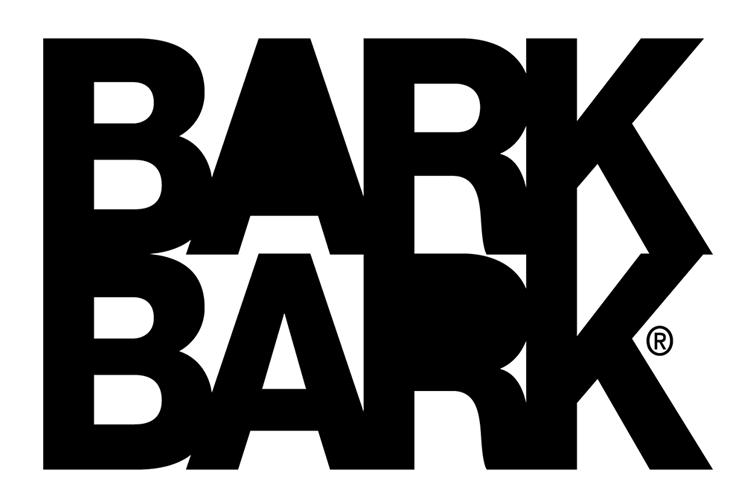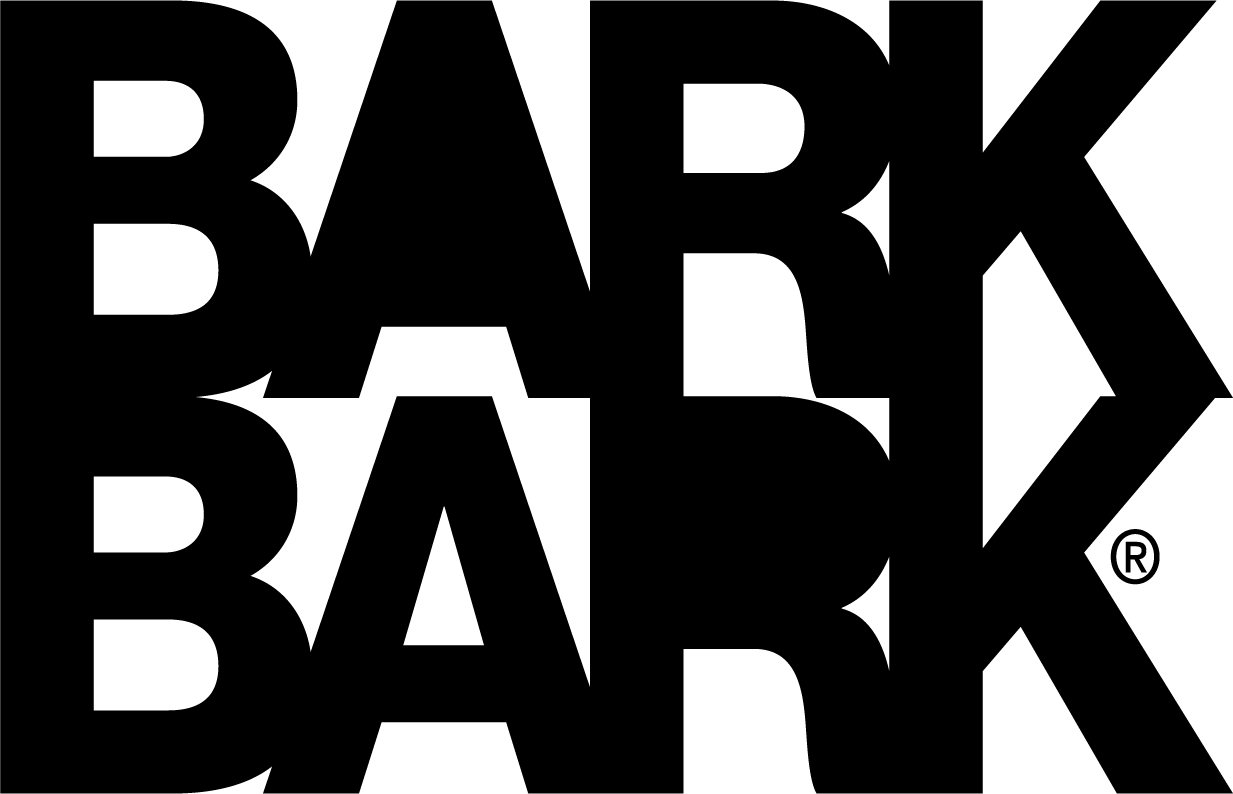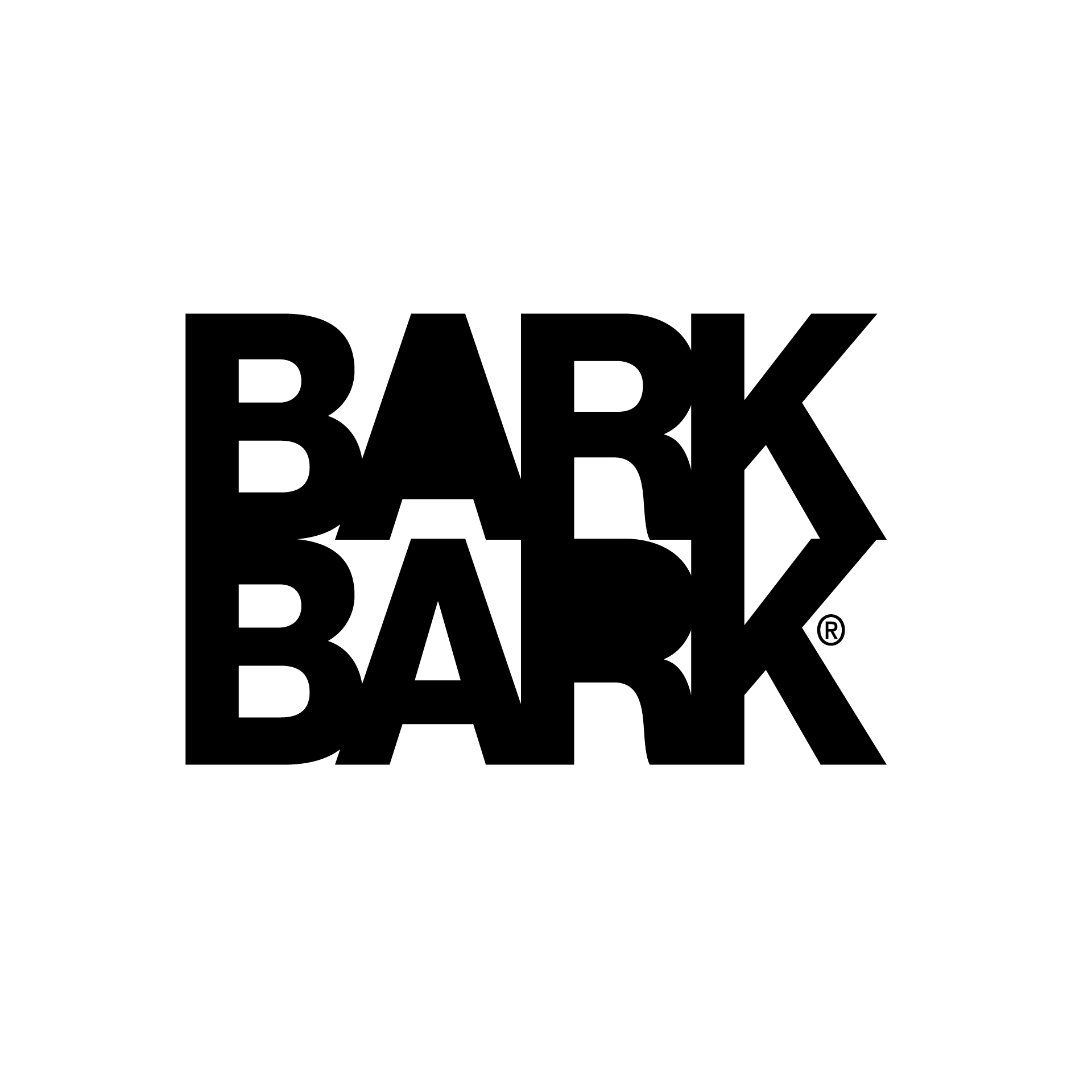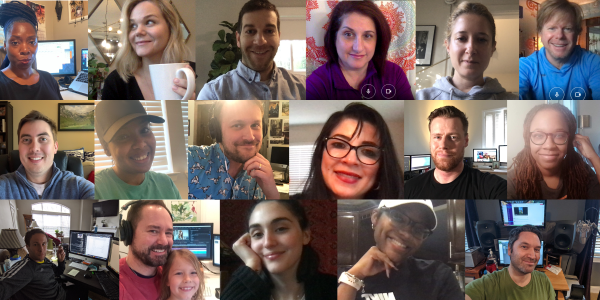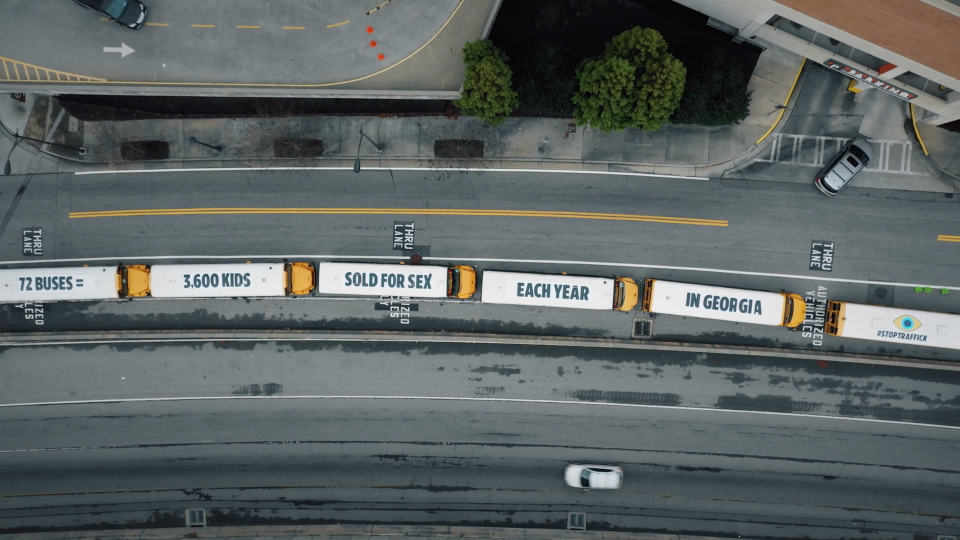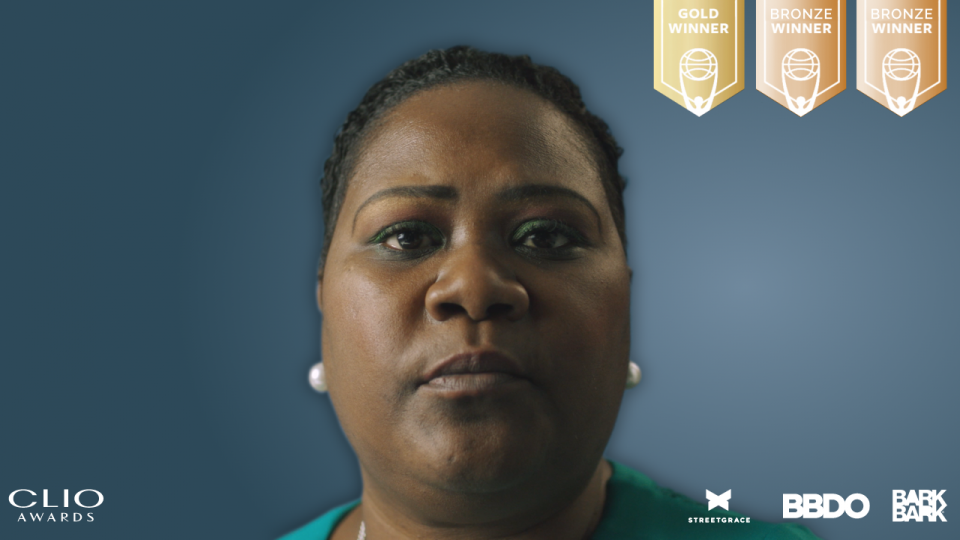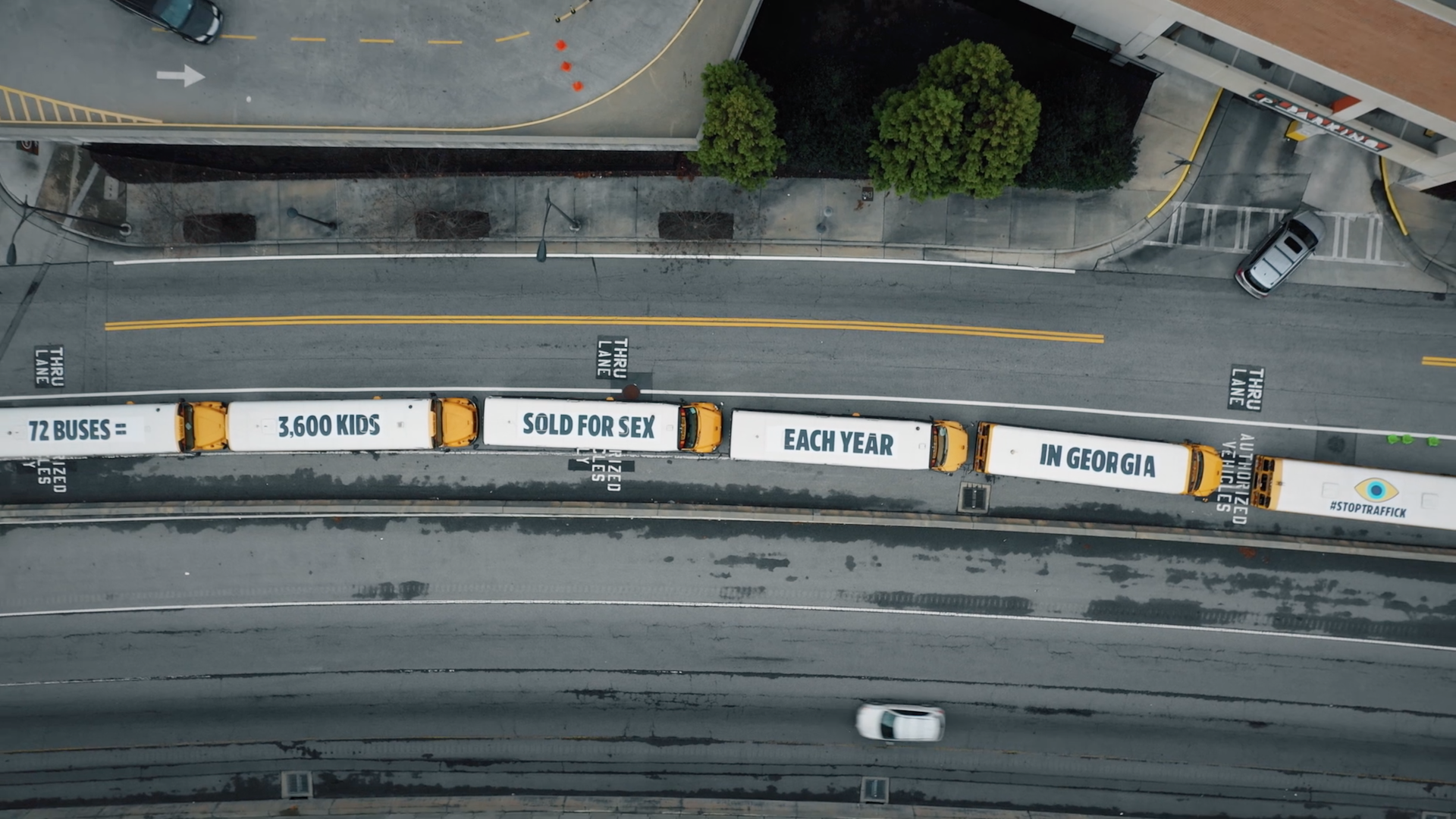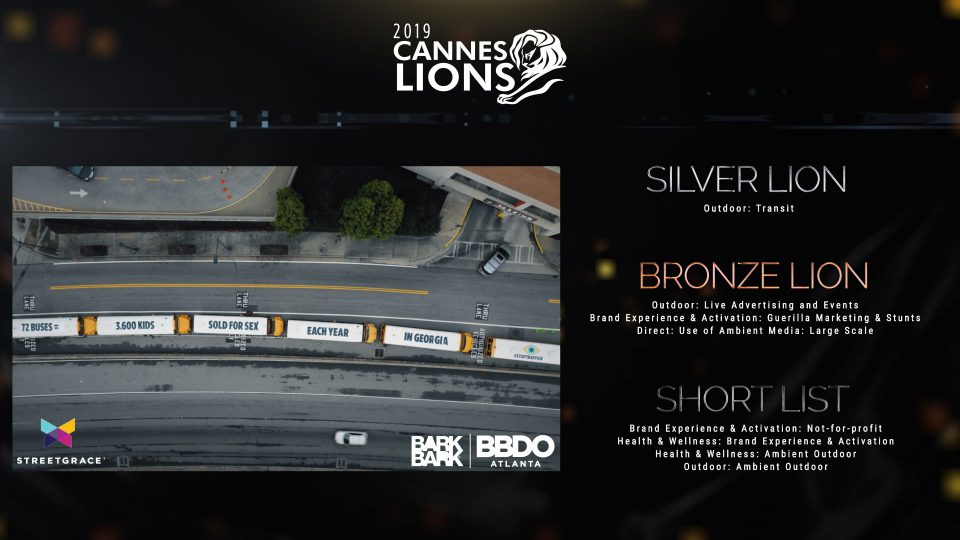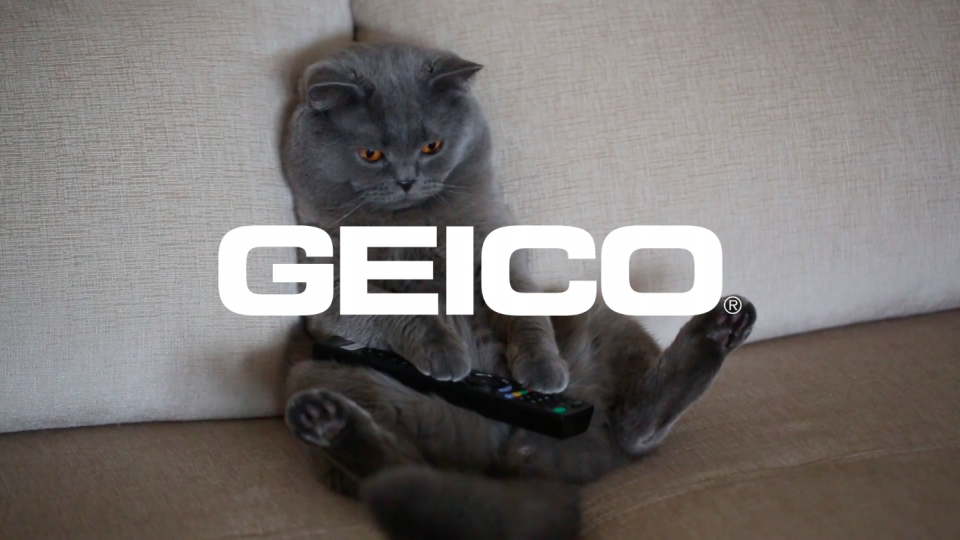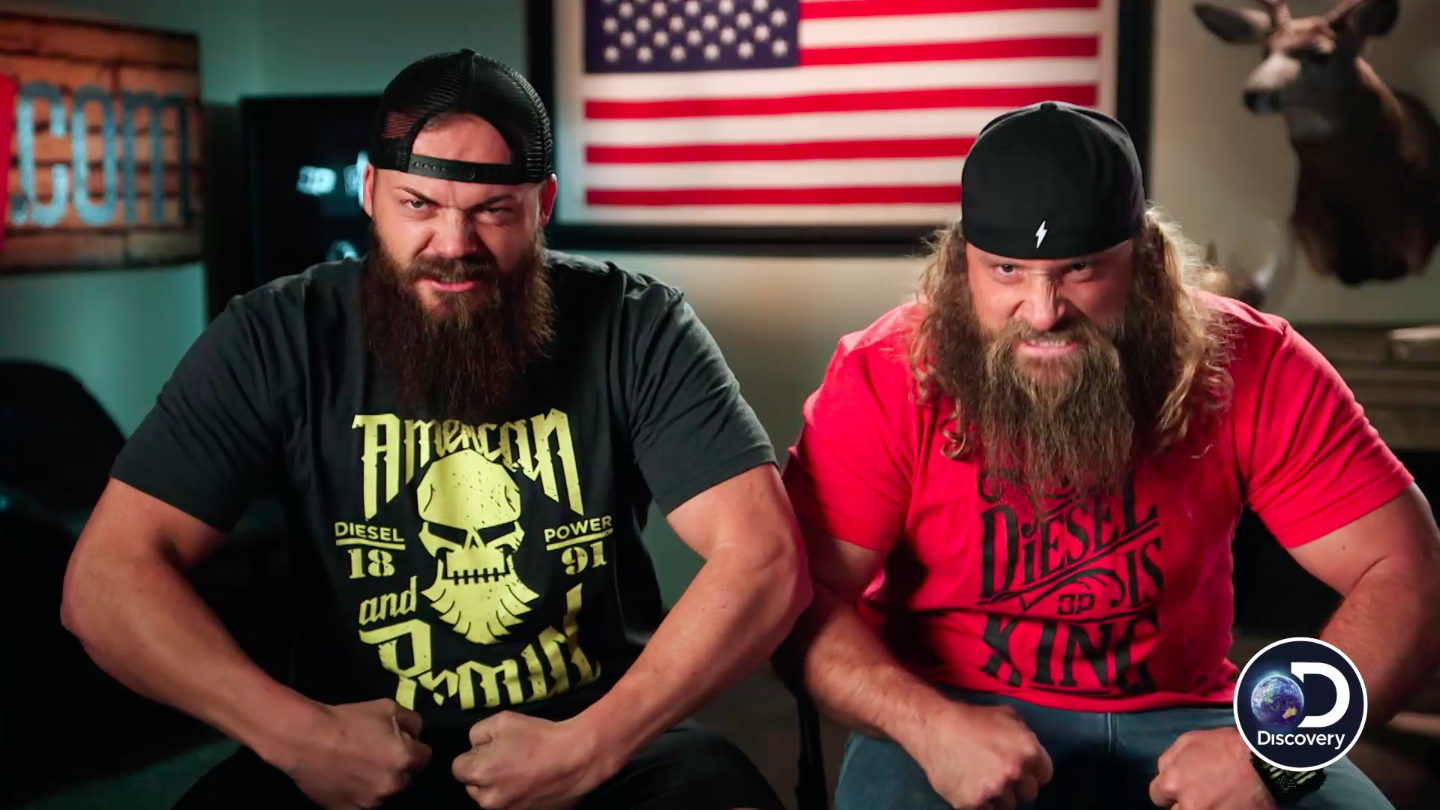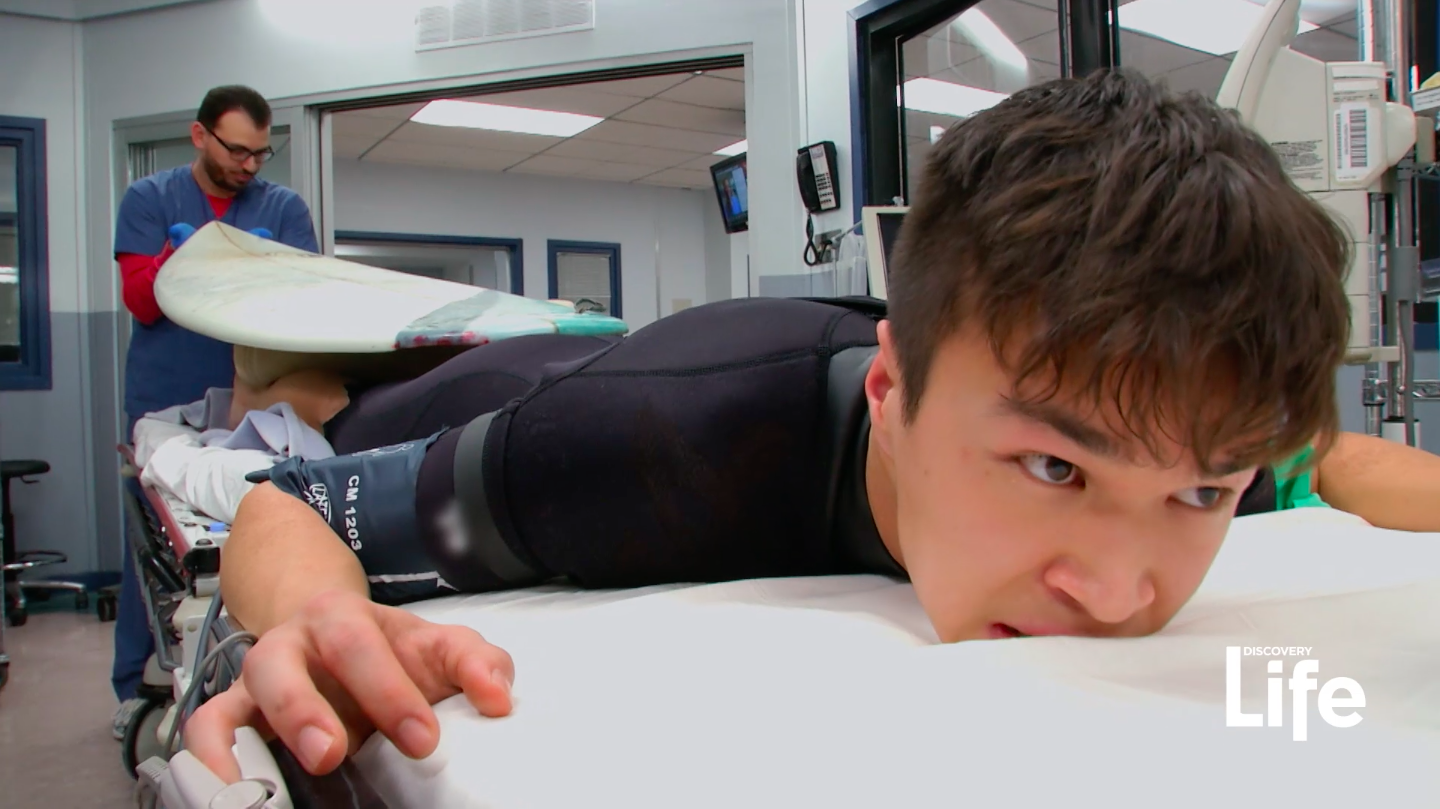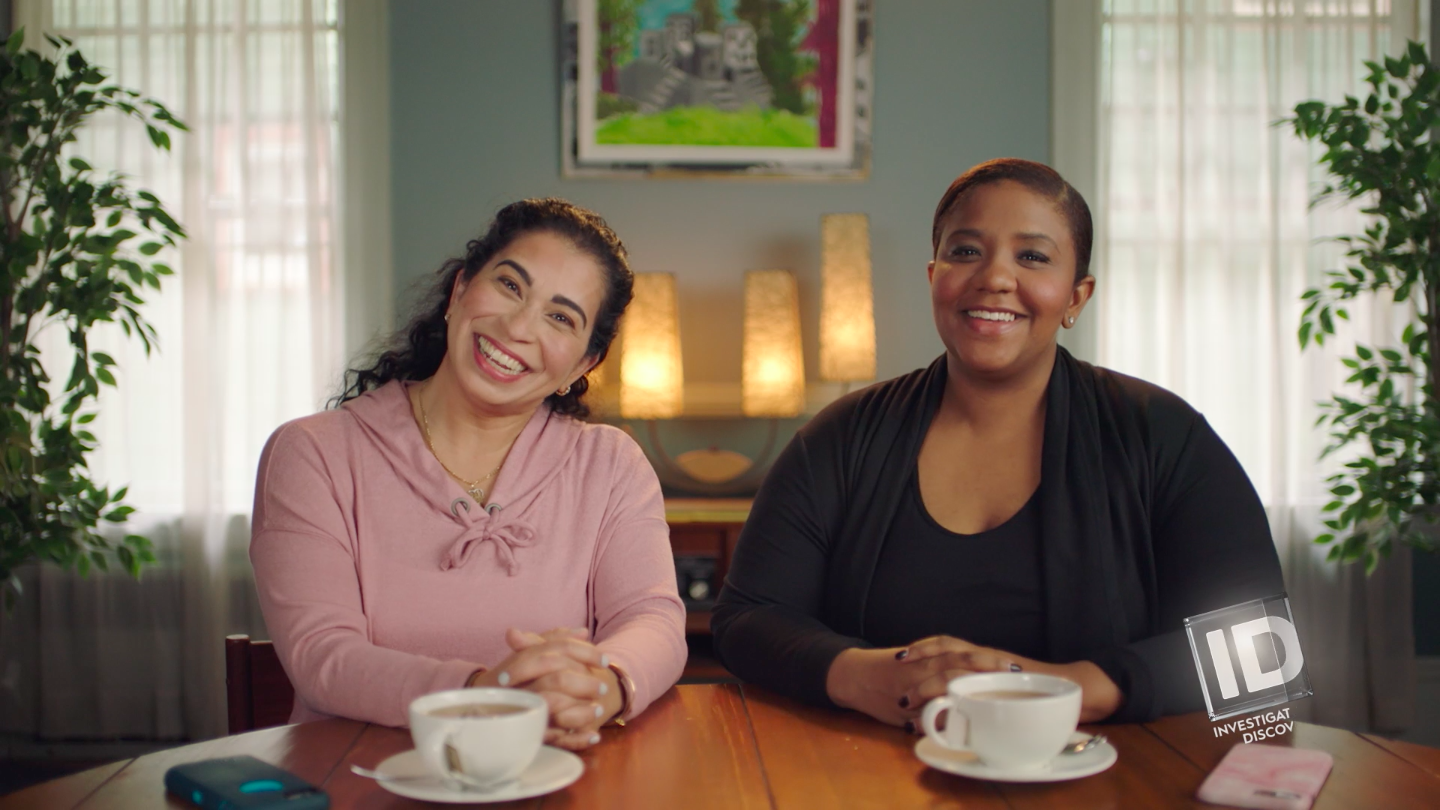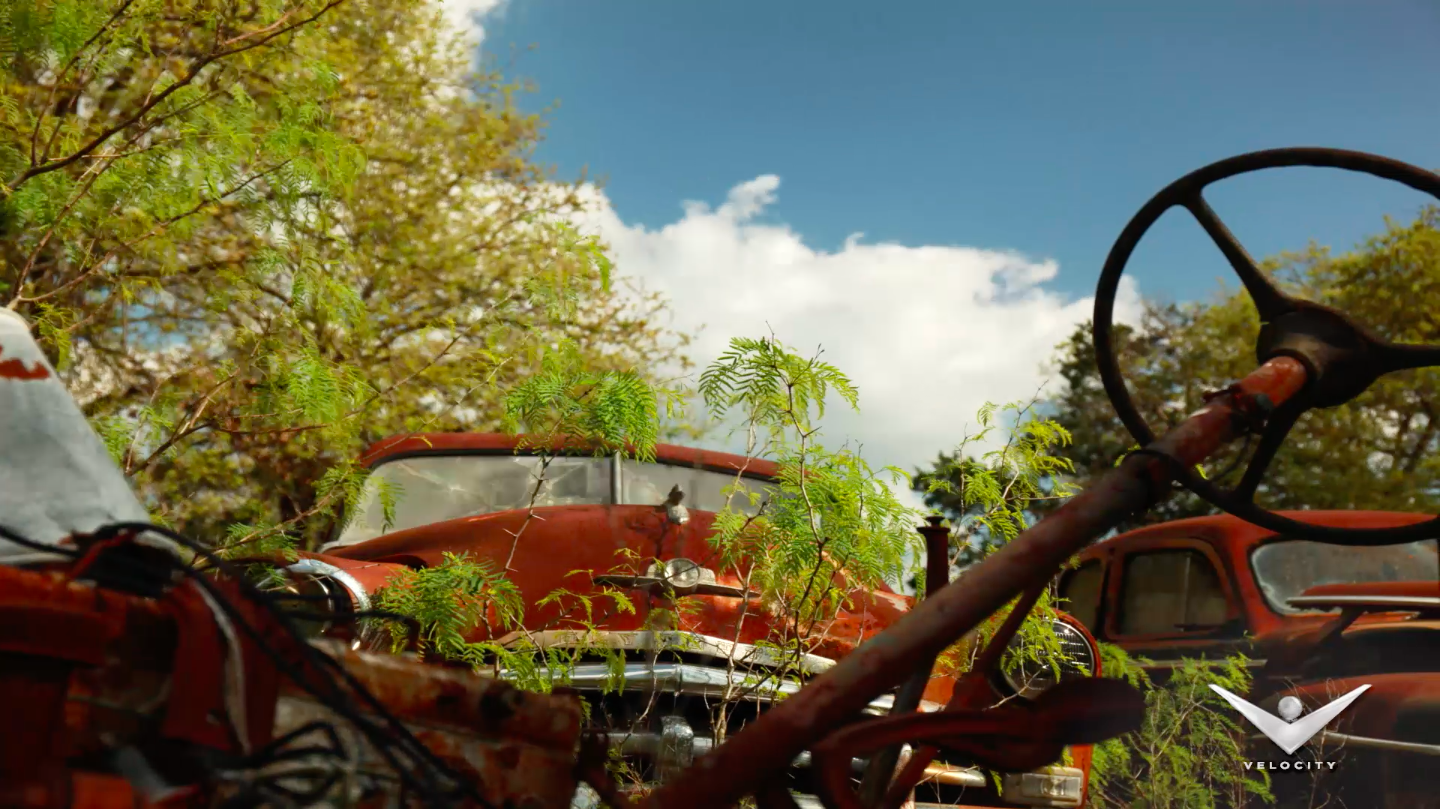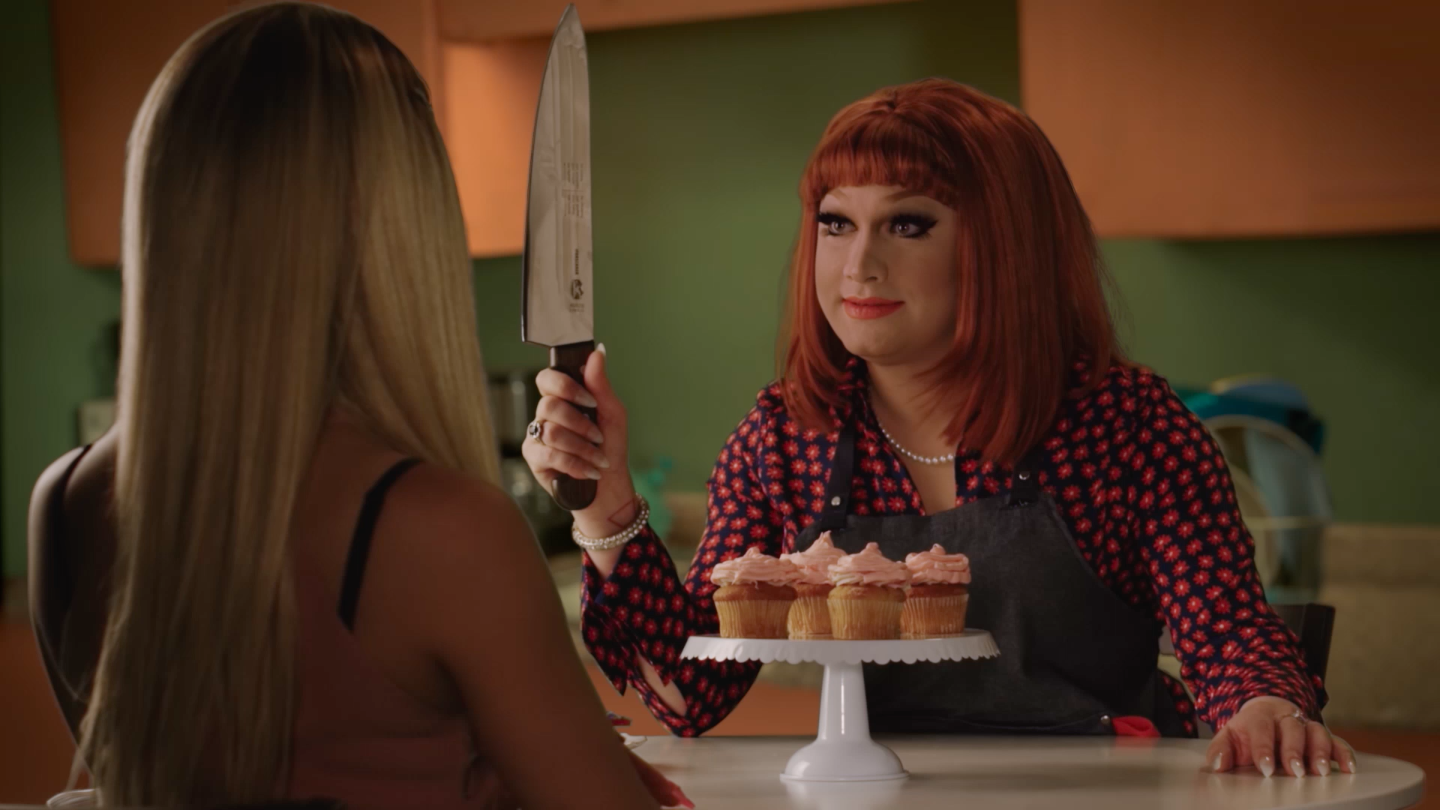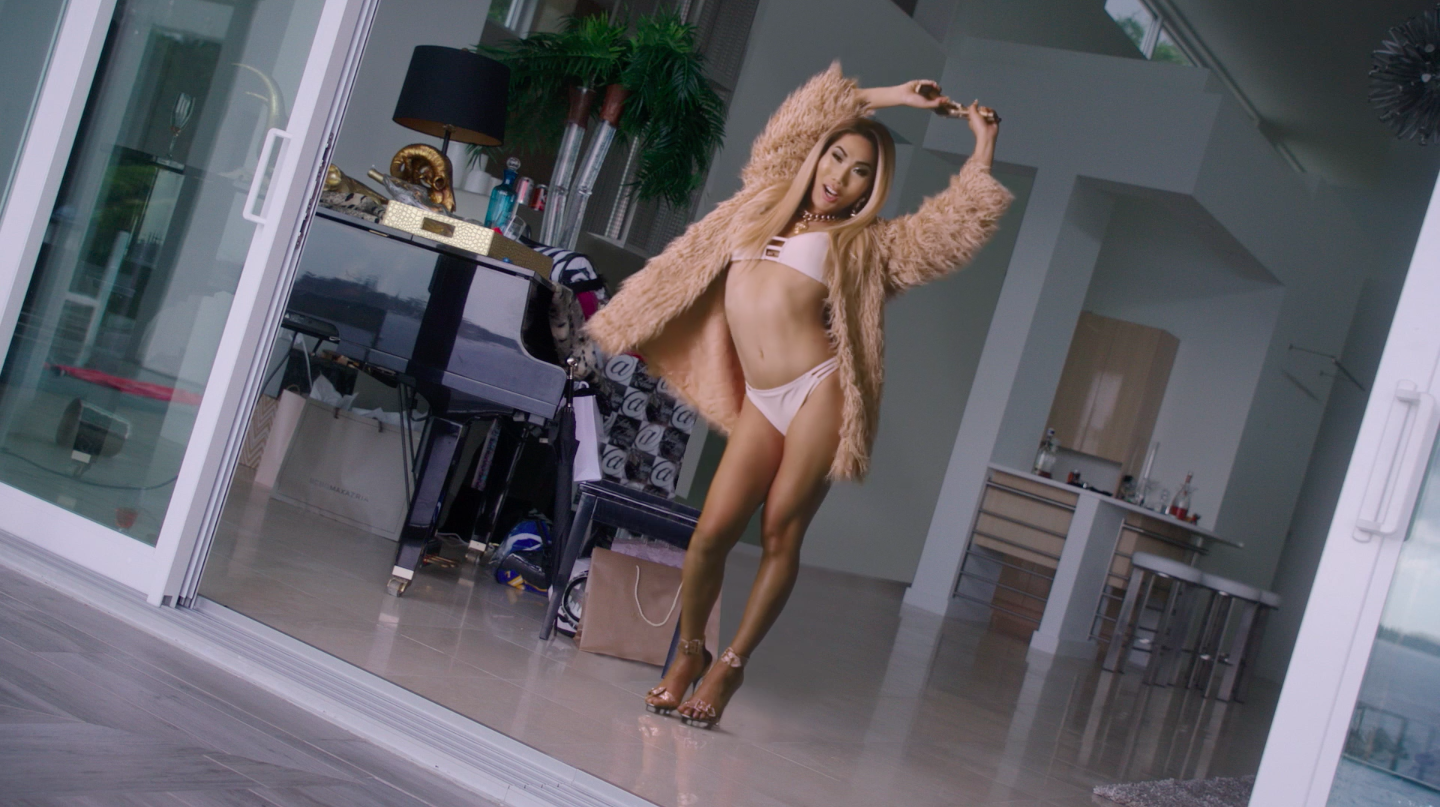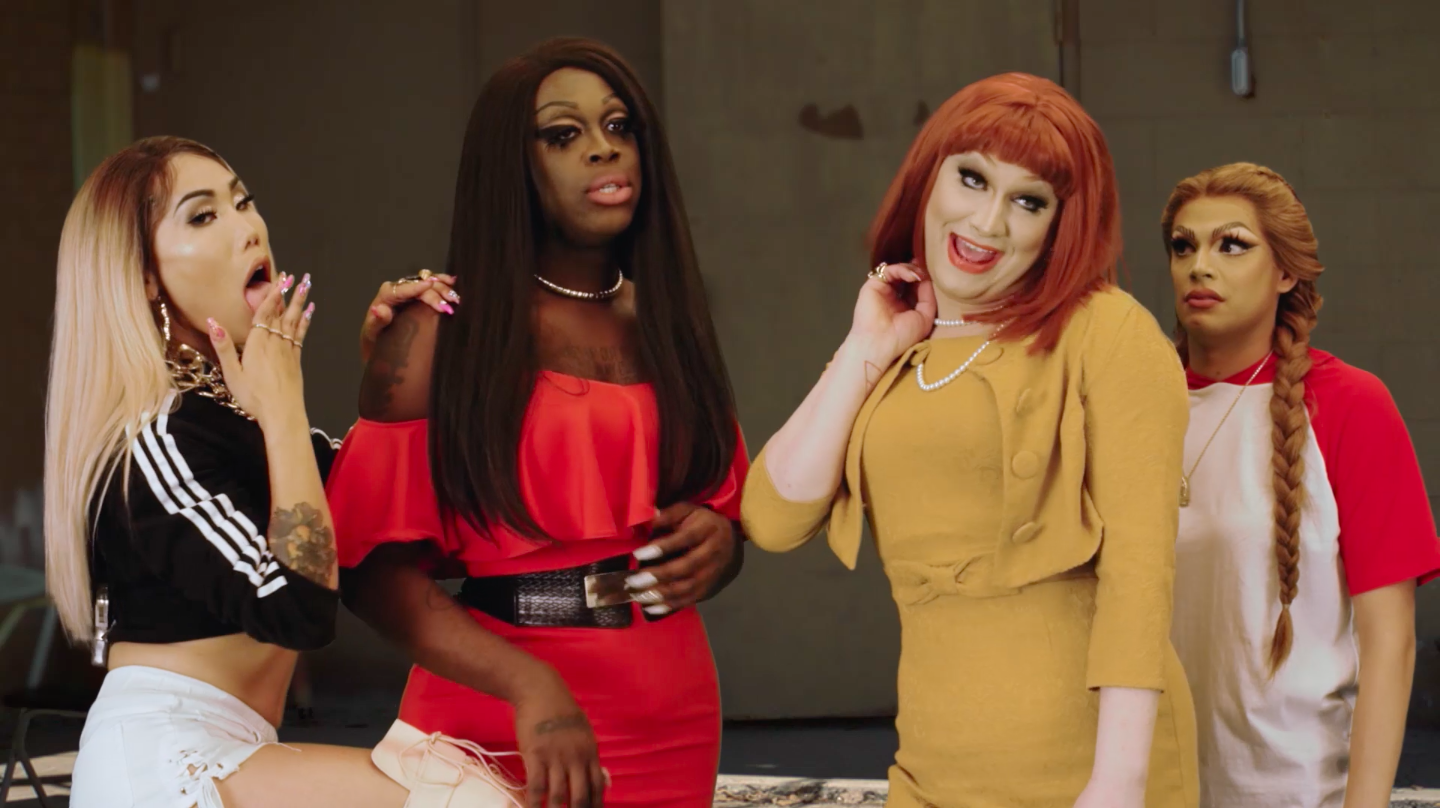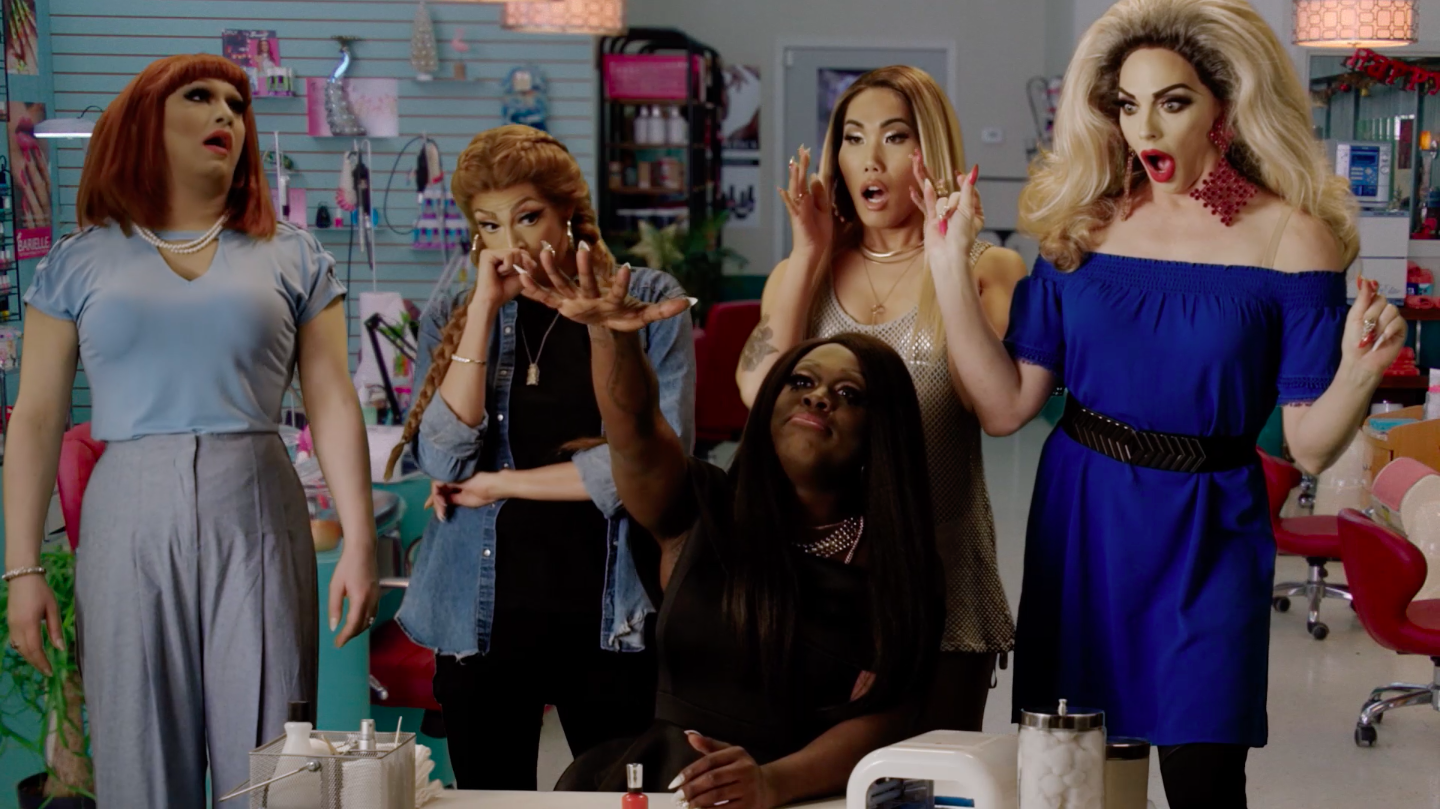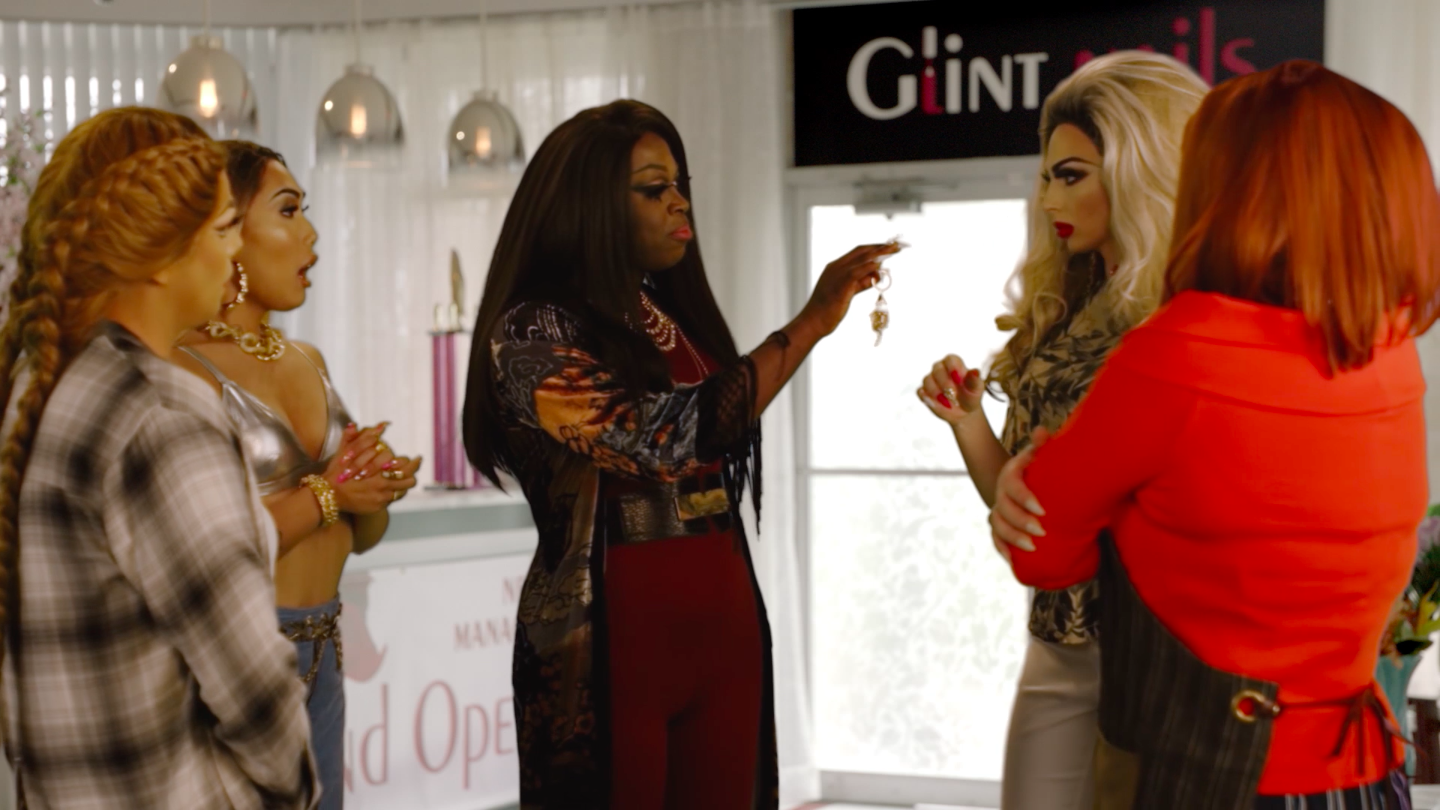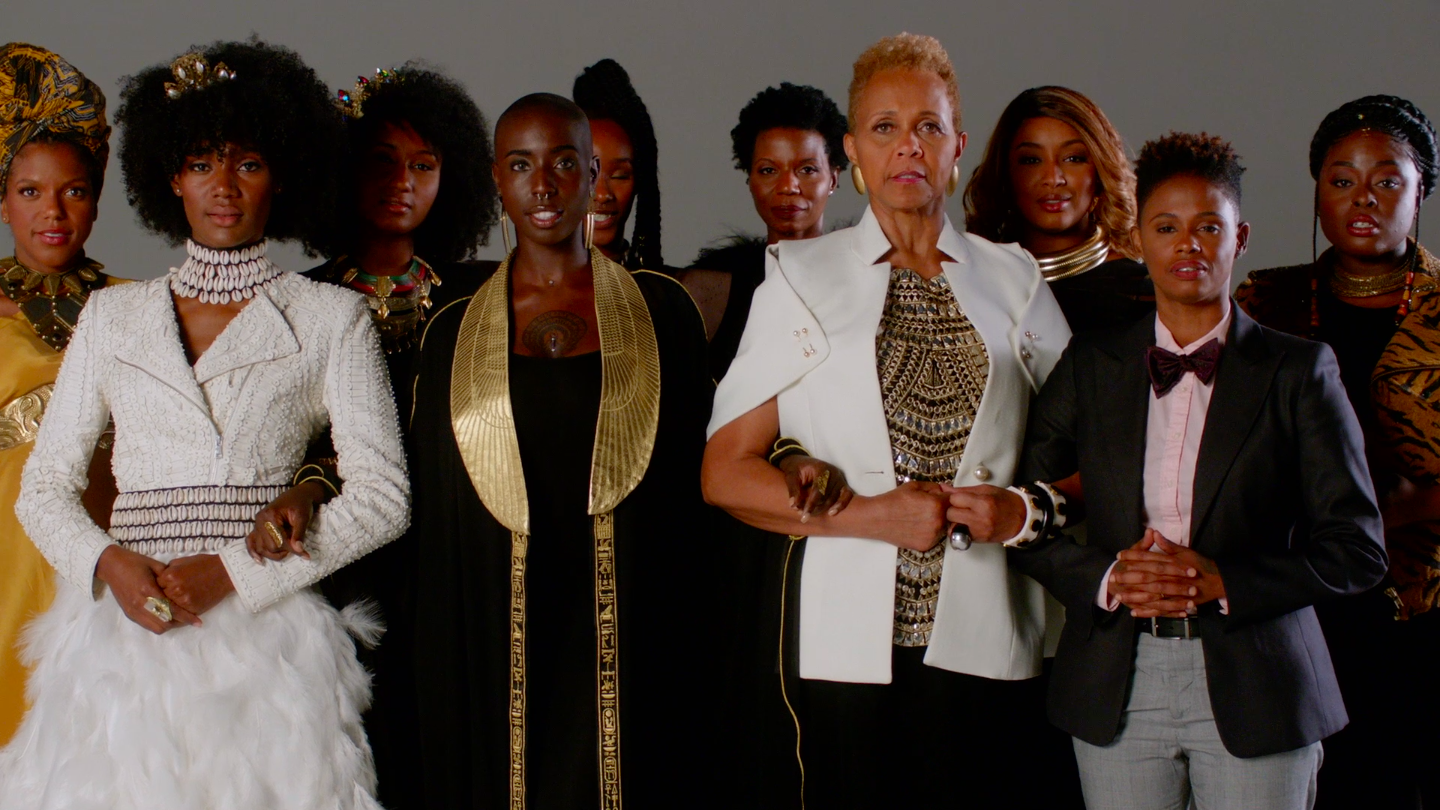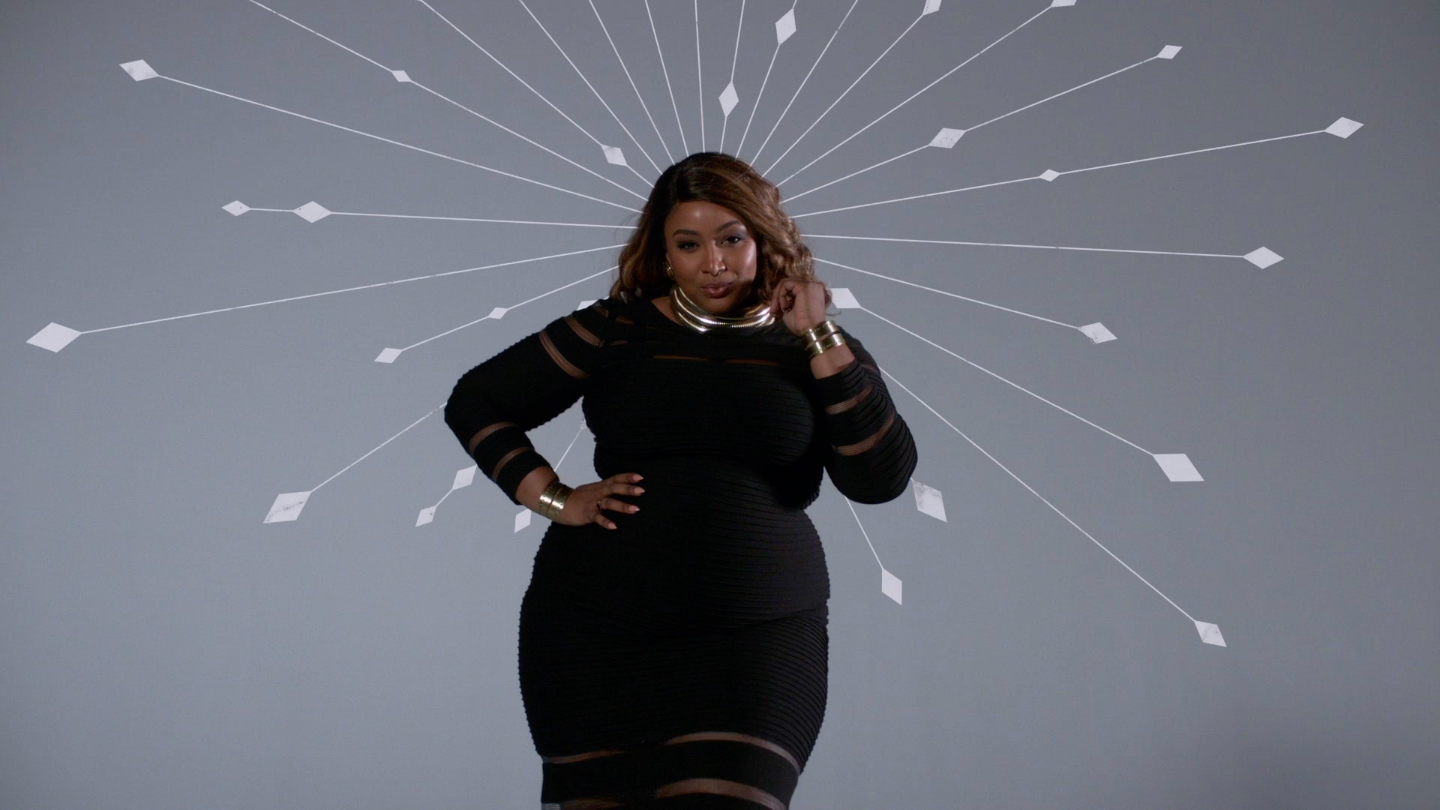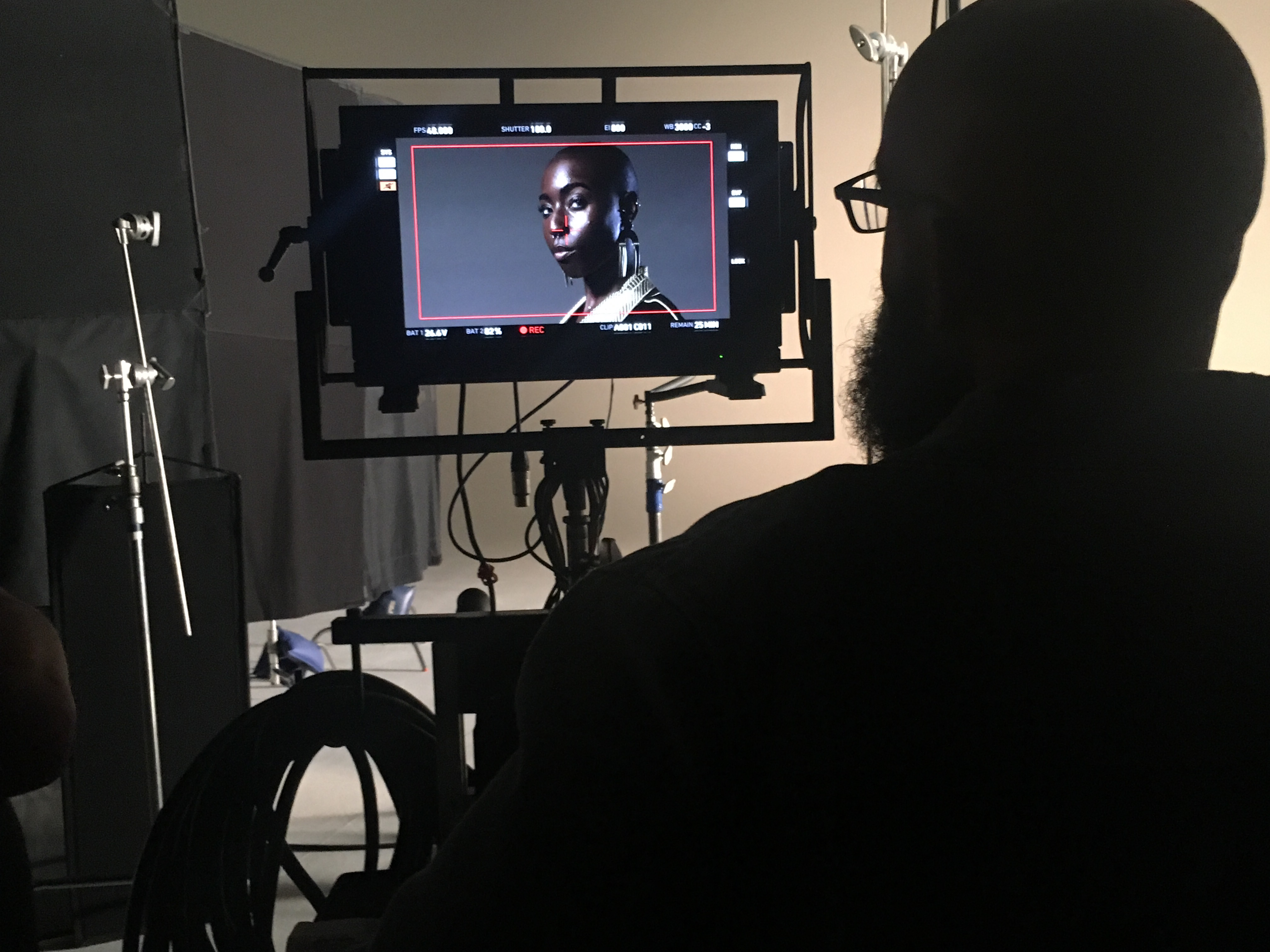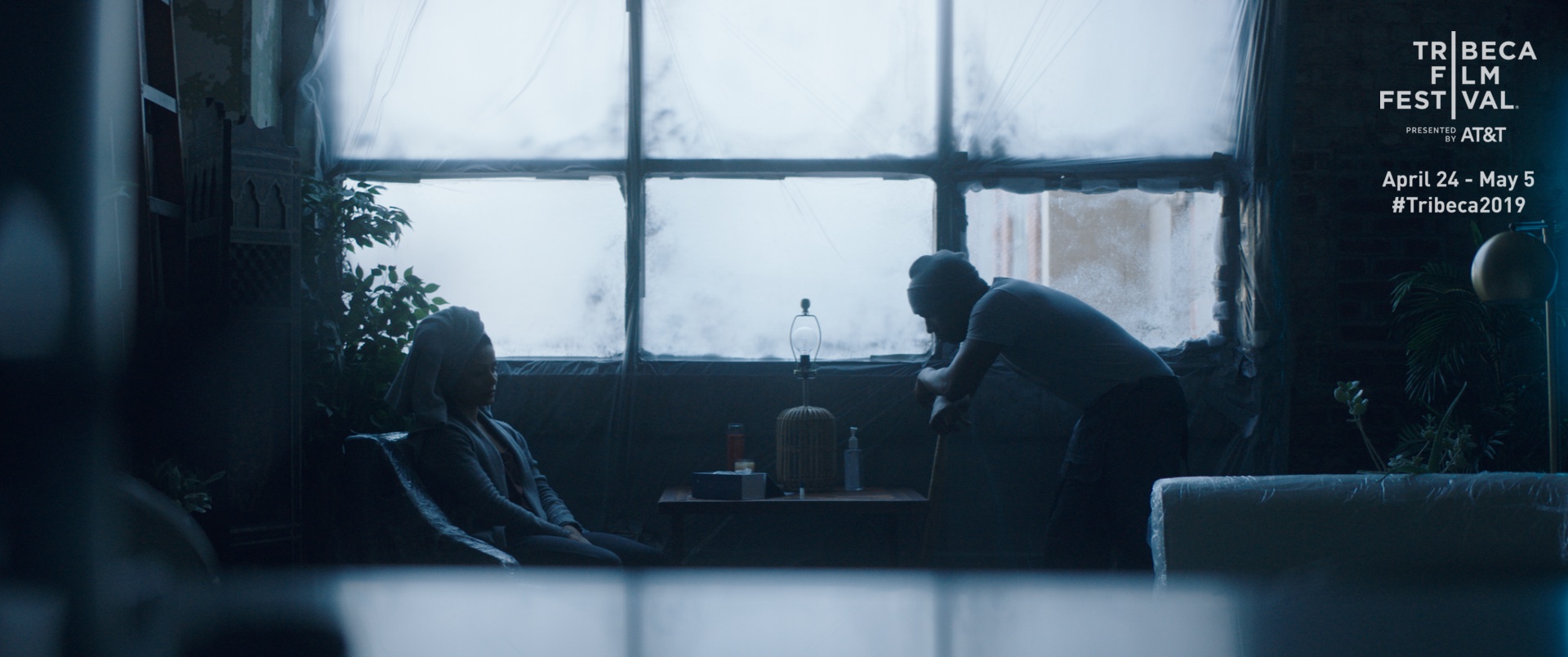PRODUCTION LESSONS LEARNED DURING THE PANDEMIC
PRODUCTION LESSONS LEARNED DURING THE PANDEMIC
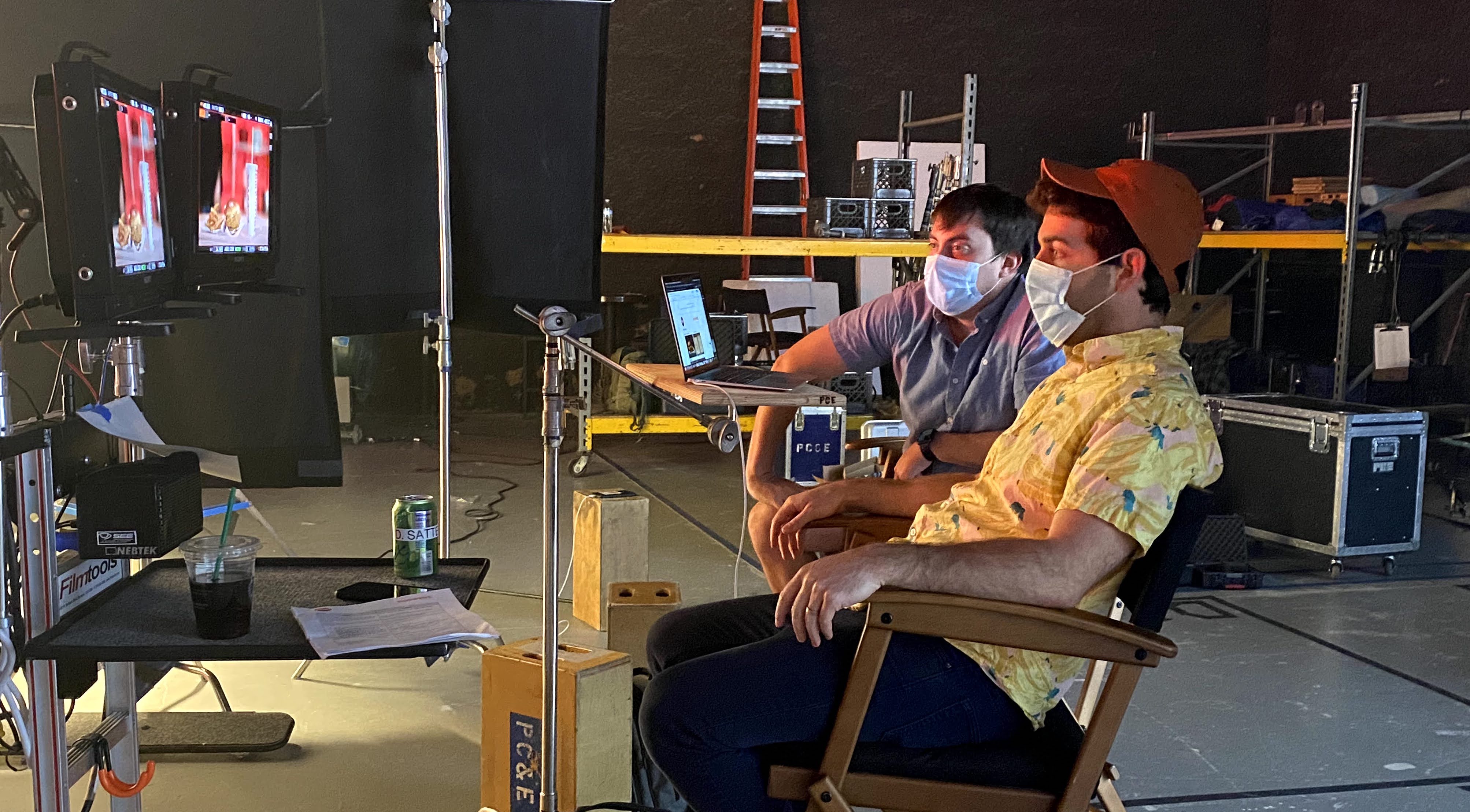
As the industry looks to re-engage in more robust production, the next step is putting detailed protocols into practice. Fundamental questions remain about the nature and form those content collaborations will take. Leo Burnett USA VP/Executive Producer Rock Darlington and Medic Lori Thompson sat down with Bark Bark Partner/Head of Production Tabitha Mason-Elliott, Partner/Head of Creative Daniel Sattelmeyer, and Senior Executive Producer David Brand—fresh off two shoots at the end of May—to find out what they’ve learned from returning to production on a bigger scale.
Anything is Possible
The good news—and the TL;DR —both projects were executed successfully from a creative and safety standpoint, showing very positive signs for the larger industry in terms of getting the confidence to return to set. Expectations can be adjusted from “doable” to “exceedable.”
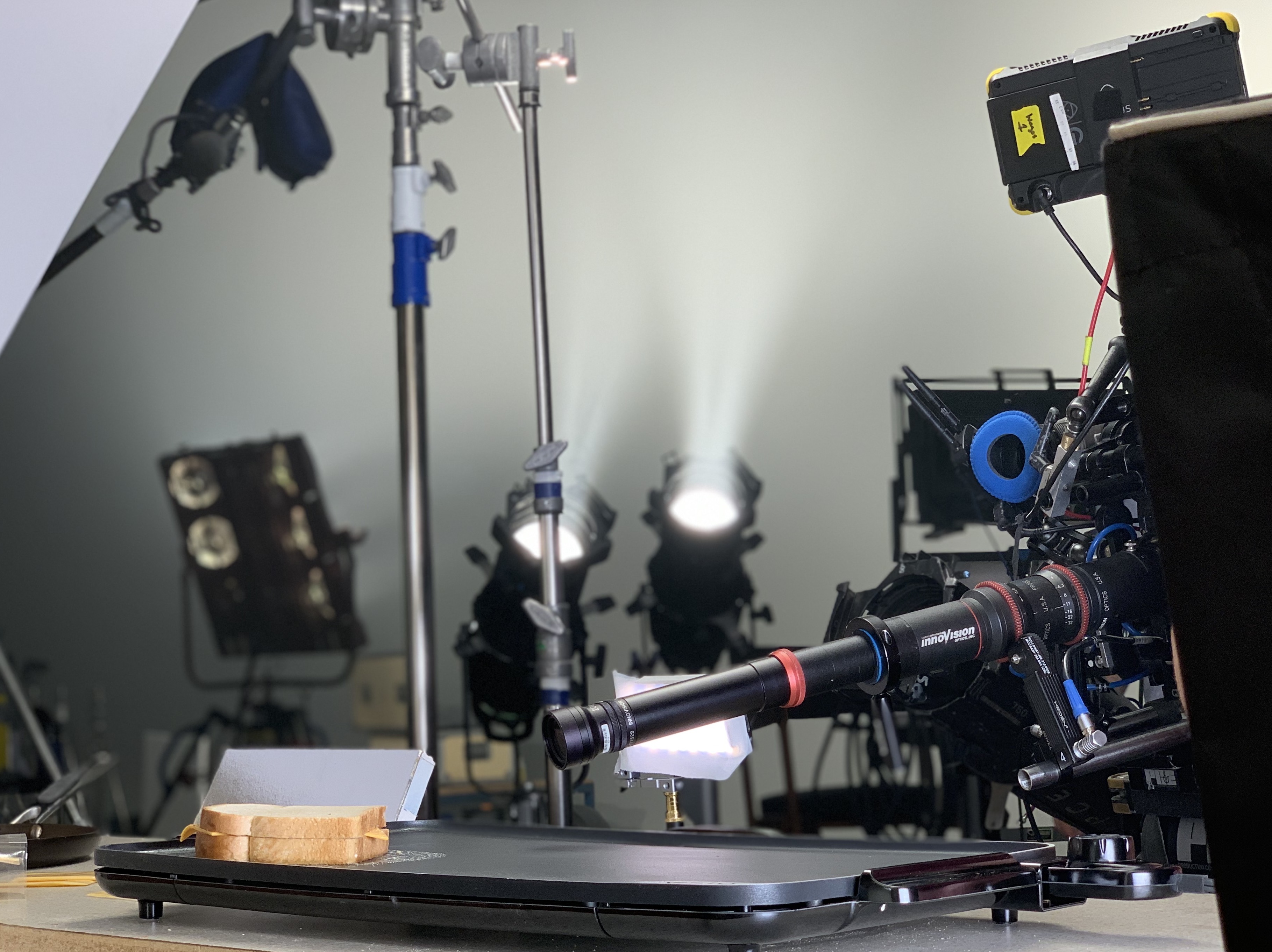
The days of large crews and groups of people together on set, ambitious production schedules, and long lists of deliverables may be postponed, but it’s still possible to make great content that delivers on a brand’s objectives—the process just looks a little different. And it starts with more teamwork at a project’s inception.
“From a process standpoint, the production steps didn’t feel that different. If anything, it felt more collaborative, because you’ve already been on a number of Zoom calls and seen people’s faces well before the shoot begins, which wasn’t typically the case,” said Leo Burnett’s Darlington.

“Going in, we were anxious, cautious, skeptical—all of those emotions,” said Bark Bark’s Sattelmeyer, who directed both projects. “How would it feel to be around people again; how would our safety procedures work in real life; how would directing play out with more clients joining virtually? But we were also excited to shake off the rust and get that muscle memory firing again. Within 15 minutes of being on set, it felt pretty much like a regular shoot.”
RELATED: Guest Column: It’s Not When We Can Shoot Again, It’s How
An unintended outcome of the pandemic shut-down is something production companies have long been advocating: a greater alignment of agencies, brands, networks, and production teams. Talking more about what is possible before a concept is sold to brands translates into productions that will be safe, on budget, and creatively robust. Quick pivots and truncated timelines were the norm before COVID-19, and it’s still true now, so having everyone on the same page is even more crucial.
Agencies are focusing on what they can do for clients that goes beyond user-generated content (UGC) or revamped footage, said Darlington. That’s where production partnerships and conducting candid upfront conversations are key. It’s not just about safety, but about associated costs—and all of that needs to be discussed in advance of the pitch, bid and pre-production. What is possible? How do we align imagination with pragmatism?
Phase 1: Small and Measured
As UGC and self-shooting kits quickly became a stop-gap solution for production while official safety measures were put into place, the first stage of ramping up production was talent filming themselves in their own homes, micro-crews practicing social distancing, directors working remotely, and doc-style storytelling with a small footprint. All of those measures remain effective, especially now.
At the height of the quarantine, Bark Bark safely partnered with BMarko Structures to help share their story with the world, following how they were converting shipping containers into mobile hospitals to help save lives during the global pandemic.
“Our on-site production consisted of a very small two person team who applied distance and full-body protective gear to capture the people and effort behind this important cause safely and responsibly,” said Bark Bark’s Brand. “Additional interviews were directed remotely with participants recording at home.”
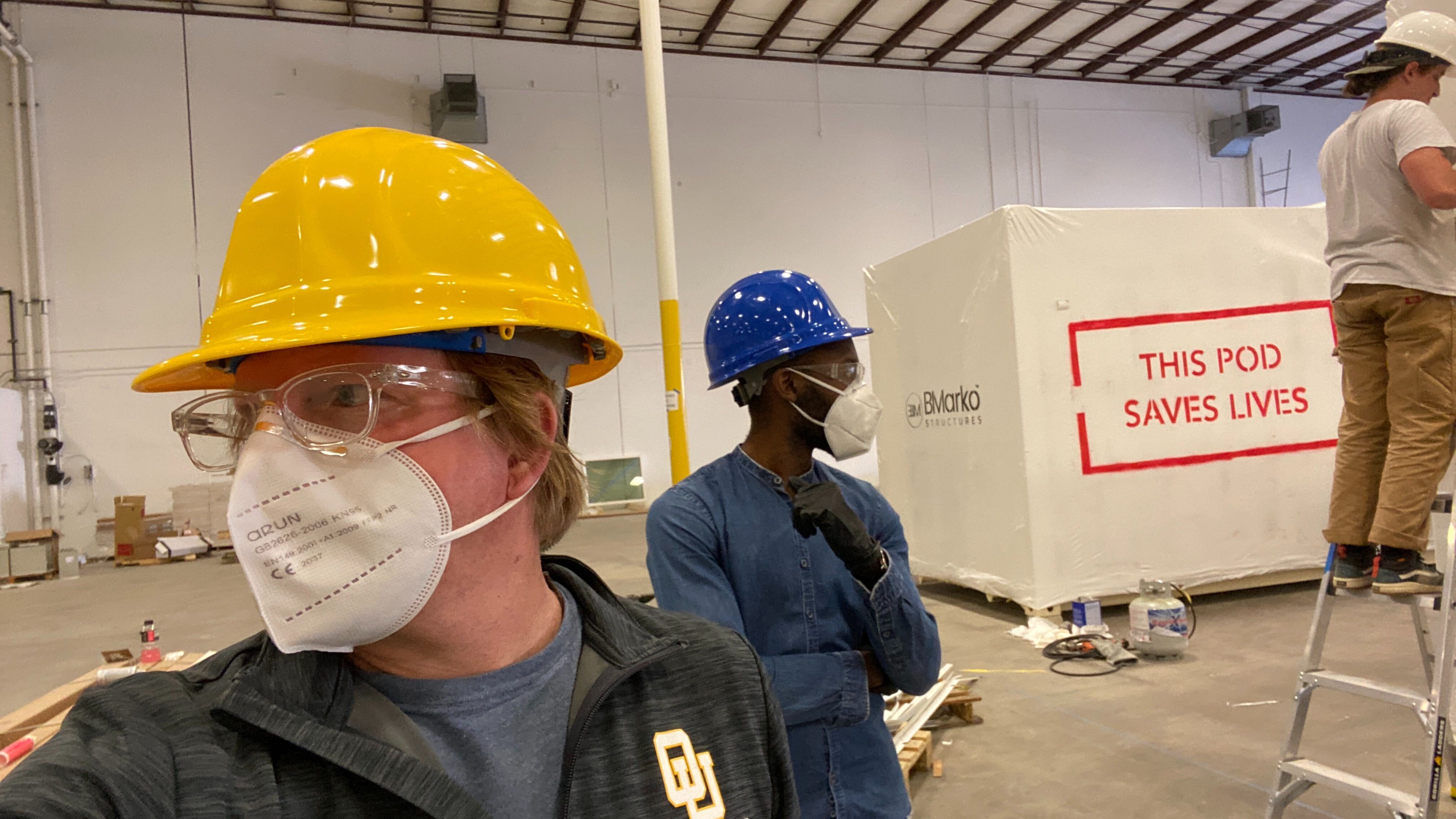
The next phase involved getting back to sound stages where set builds could be controlled over multiple days to allow construction, art, and lighting departments to work while limiting the number of people onsite at once. But more days doesn’t necessarily mean significantly more money.
“Our shoot was originally budgeted for New York. In moving it to Atlanta, we could stretch those dollars and reallocate our resources. We were able to preserve most of the pre-COVID budget, with minimal additions for PPE supplies and remote video village,” said Bark Bark’s Mason-Elliott.
Phase 2: Getting Back in the Trenches
Having the proper protocols in place to maintain a safe work environment goes hand in hand with making sure the crews and talent who are putting themselves at risk feel heard and part of the planning process.
“Bark Bark’s safety guidelines were developed with heavy collaboration from key crew members to make sure protocols are specific to the job at hand,” said Mason-Elliott. They are also cross-referenced with leading sources, including the Center for Disease Control and the AICP (Association of Independent Commercial Producers), of which she is the Southeast President.
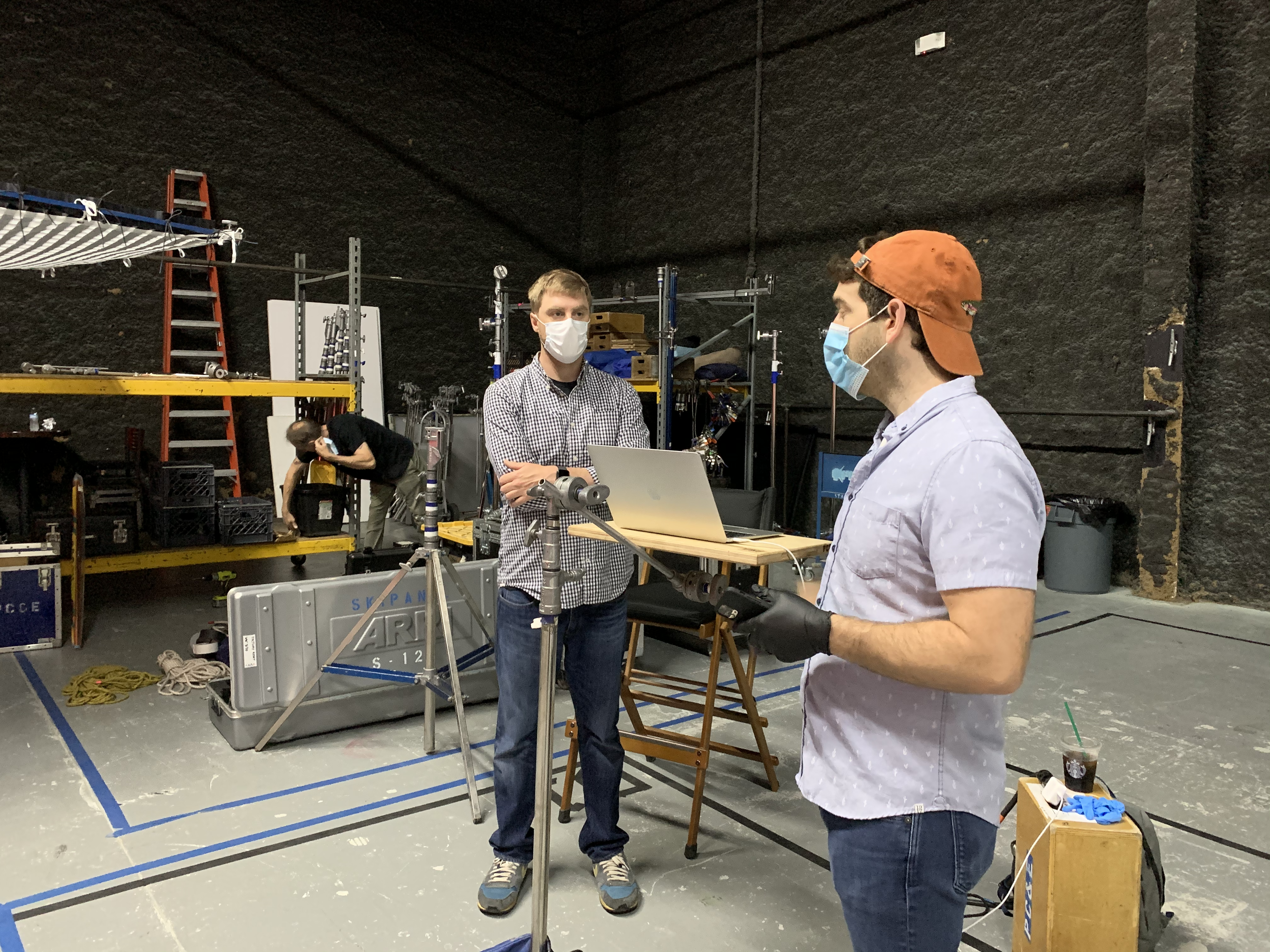
With a lot of blue painter’s tape at the ready, each department was given their own quadrant within which to work, and one-way traffic/distancing measures were marked off on the floor. Only essential keys were allowed on the shoot day, with assistants coming in on the prep and wraps days on either side. Wardrobe was purchased, steamed, disinfected, and laid out the day before, and glam was absent on set, save for initial touch ups at the beginning of the day using face shields and separate disposable tools for each talent.
Crafty was heavily limited, and lunch orders were taken the day before and offered as individually wrapped, grab-n-go meals with socially-distanced seating arrangements.
“Lunch was an interesting experience—it felt a bit like those scenes where you see the old married couple sitting on opposite ends of a long dining table trying to talk,” Brand said.
Mason-Elliott and Brand agree that information has to be provided early and often and people need to be empowered to speak up so that concerns can be addressed before and during filming. See something, say something only works if people feel welcome to speak up.
Clients and production also should do a test run of remote video village systems ahead of time so that everyone’s expectations are set and technical issues don’t get in the way of communication on shoot days.
“We had a really slow internet connection on the stage during our test day, but we were able to adjust and get a dedicated feed separate from the shared WiFi network, and from there it was crystal clear. The pace and discussion of the shoot day was just like normal,” said Brand.
Practicing Safe Sets
Hiring a set medic—standard practice for stunt intensive shoots—is now recommended for every production. Not all medics are similarly qualified, however. One only needs basic CPR and first-aid training to be a member of the union. Thompson is a former fire-captain and a trained emergency medical technician who has studied infectious disease, and she’s worked with Bark Bark a number of times, including during their latest projects. She encourages production companies to check credentials and current licensing before making a hire.
Thompson affirmed that the most significant personal protection is mask-wearing, hand-washing, and not touching one’s face because COVID-19 infects the body via lining mucosa. The protocol is fairly simple; however, she’d rather have people be a little nervous if that translates into taking the situation more seriously. After ensuring every crew member filled out a health questionnaire before arriving on set, she recorded temperatures twice throughout the day using a contactless thermometer and handed out pre-packaged, disinfected personal protective equipment to each person for the day.
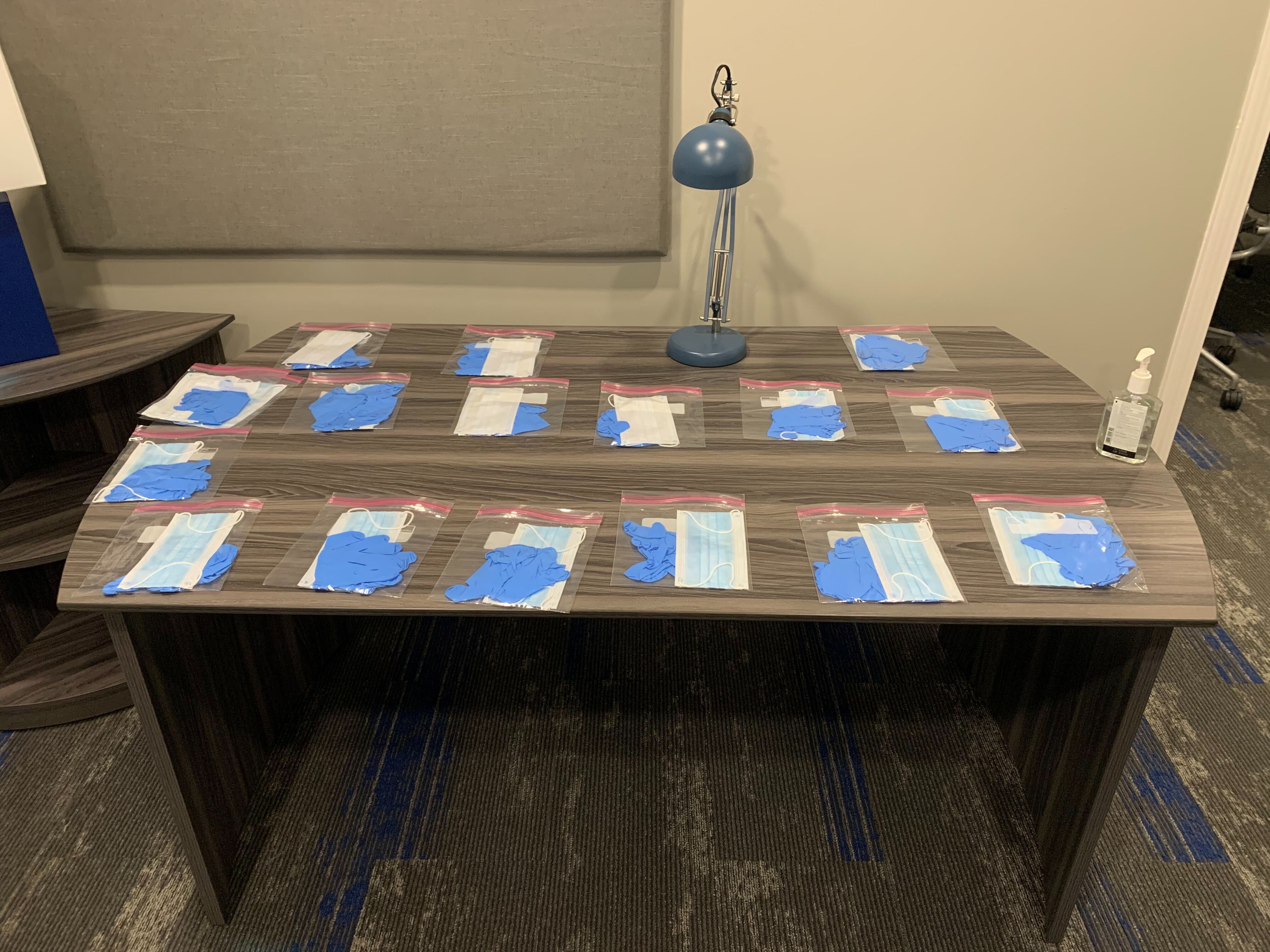
She noted that gloves are not recommended, as people have the tendency to become lax about hand-washing and face-touching. Additionally, with some roles—focus pulling, for example—gloves get in the way of being able to properly execute functions.
Also, people need mask breaks. Allow breaks to leave set in order to remove masks far away from other people; otherwise, you run the risk of becoming overrun with fatigue or heat. Plus everyone needs a chance to wipe that upper-lip sweat.
Having a medic is not enough, however. Safety procedures must be constantly reinforced throughout the day. Brand added safety monitor to his role of senior executive producer. During production, he was hyper-vigilant about enforcing the rules, noting that people tend to touch their faces, pull off masks, and gravitate towards one another the more time they’re together.
“It’s important,” he said, “to assign someone with authority to this position. Even the best production assistant can be ignored by virtue of hierarchy. The AD is best designed to take this on.”
Production’s New Normal
Traditional production is crowded, intimate, and communal. Now, proximity, masks, and remote feeds have altered the experience. The goal is to adapt to physical changes while still allowing for the collaborative layering of ideas and feedback that results in compelling content. It’s not always easy.
“Having patience and accepting limitations has been doubly necessary. Creatives are super hands-on and needy. We want to get in there and touch things and mess with stuff until it’s perfect. I’m an art director’s worst nightmare. But that’s also how you talk to talent and understand client feedback,” said Sattelmeyer.
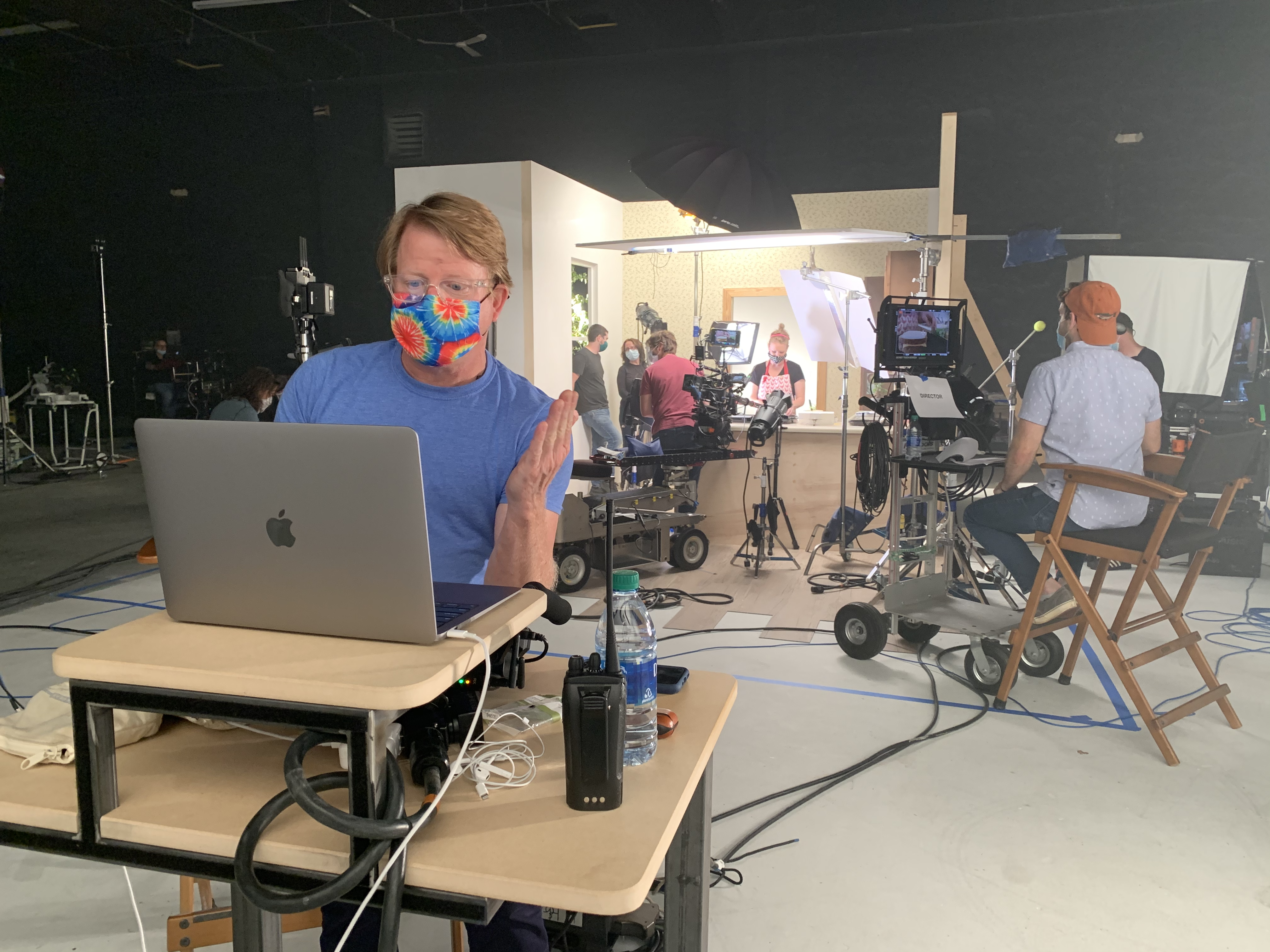
“With the new protocols and a client offsite, there’s the chance you’ll still feel isolated without getting the validation and approval you’re used to. I remember at one point we were all trying to demonstrate over Zoom the proper way to slice a sandwich using hand motions—that’s when we realized the limits of our communication,” said Sattelmeyer. “Time to just laugh it off and show them in-camera.”
Some of the immediate camaraderie of a shoot will be lost. It’s harder to read the room when the room consists of masked faces in small squares on a screen, but on the other hand, said Darlington, junior producers who would never have the chance to go on set can now have access to the process and the learning opportunity that comes with it. It doesn’t take long, he says, for the normal feeling to set in pretty quickly.
“It felt like I was at a regular video village, only with screaming children in the background,” said Darlington.
Phase 3: The Road Ahead
In many ways, the return to production is a microcosm of our larger reemergence into the world, taking slow, measured steps and gradually moving towards larger and more complex scenarios as each phase proves successful.
“We are taking safety seriously but we also need to move forward,” said Mason-Elliott. “Each shoot teaches us something new, so we are in a constant state of learning and adapting. We are starting to take on bigger projects and prepping for in-home and outdoor location shoots that have their own challenges. Keeping safety at the forefront of discussions allows us to get back to doing what we love. Honestly, the only way to be comfortable doing production now is to start.”
“We’ve all been stuck inside for months, so getting back out there and making things felt kind of like the first day of school,” said Sattelmeyer. “Excited, nervous, and scared at first but by second period you’re right back in the swing of things. Besides my ears being sore from wearing a mask all day, I left feeling that we can do this. As an industry, it’s going to be okay. Everyone should feel hopeful about this. Just get a more comfortable mask situation.”
Daniel Sattelmeyer is the head of creative/partner; Tabitha Mason-Elliott is the head of production/partner, and David Brand is the senior executive producer at Bark Bark, a leading studio helping marketers develop and deliver award-winning brand content since 2005.
